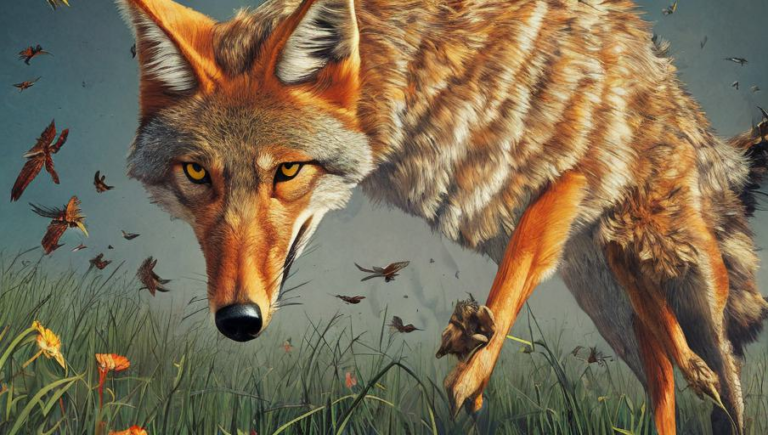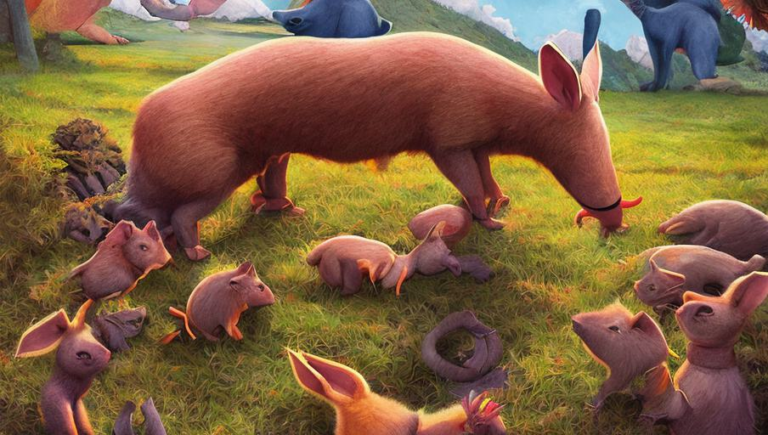The Adaptability of the Crane

The Adaptability of the Crane
The crane is a graceful bird that is found all around the world. It is an ancient bird species, with fossil records dating back 5 million years. Cranes are considered an indicator species, meaning that their presence in an area is a sign of a healthy ecosystem. This is because the crane needs a variety of habitats for food, shelter, and nesting, such as wetlands, grasslands, and forests.
Habitats
Cranes can inhabit a wide variety of habitats, from wetlands and grasslands to open woodlands, scrublands, and even urban areas. They are capable of adapting to new environments fairly quickly, which is why they can be found on every continent except Antarctica. In addition to their adaptability, cranes also have a number of other impressive traits that allow them to thrive in different habitats.
Migration
Cranes are one of the few birds that are capable of long-distance migrations, with some species travelling as far as 10,000 miles in a single year. This is due to their impressive endurance, as well as their ability to navigate using the stars and other cues in the environment. During their migrations, cranes often fly in large flocks, which can be seen from great distances.
Feeding Habits
Cranes are omnivores, meaning they eat both plants and animals. They feed on a variety of foods, from insects and small animals to grains, fruits, and other vegetation. They also have adaptations that help them feed, such as long legs, long necks, and specialized beaks. These adaptations allow them to wade into water and reach food that might otherwise be inaccessible.
Social Behaviour
Cranes are highly social birds that often form large flocks. These flocks provide protection from predators, as well as a way to share information about food sources and other important information. In addition to forming flocks, cranes also form pairs and families, with the parents taking care of their young until they are old enough to leave the nest.
Conservation
Cranes are an important species due to their adaptability, their beauty, and their role in the ecosystem. Unfortunately, their populations are declining due to a variety of factors, such as habitat loss and hunting. In order to help protect the crane and ensure its survival, conservation efforts are being taken all around the world. These efforts include habitat conservation, captive breeding programs, and research into the ecology and behavior of the species.
The crane is an amazing bird that is capable of adapting to a variety of environments. Its long-distance migrations, social behavior, and ability to feed on a variety of foods make it an important species in the world’s ecosystems. By understanding more about the crane and working to protect its habitat, we can help ensure its continued survival.





